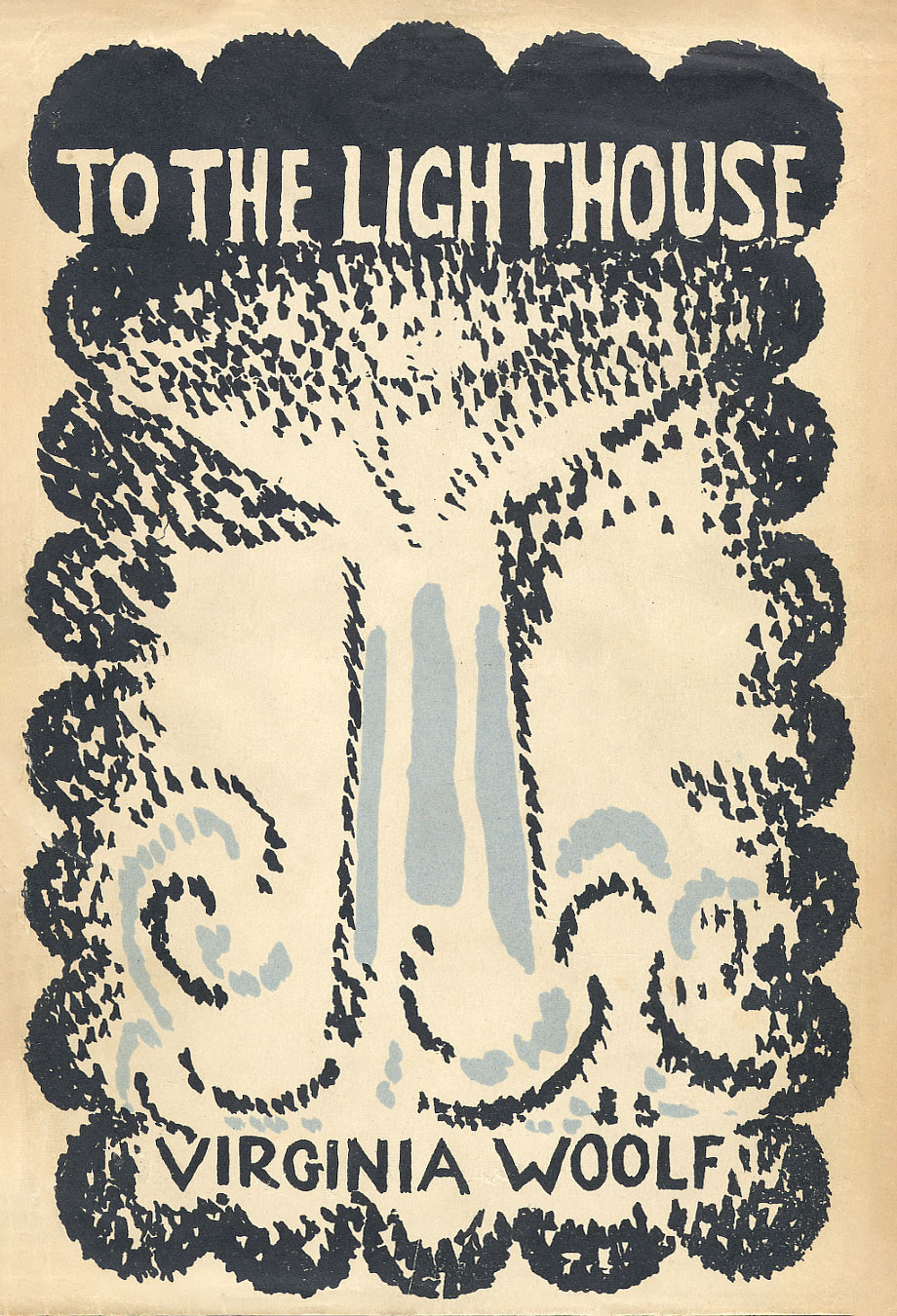The Most Revd Dr Laurent Mbanda, Chairman, Gafcon Primates’ Council: “As has been the case from the very beginning, we have not left the Anglican Communion; we are the Anglican Communion.”

Finished reading: Shadow Ticket by Thomas Pynchon. I’m not yet ready to do a review — that will have to wait for a second reading — but I will say that the people who see this as the third in a detective trilogy, following Inherent Vice (2009) and Bleeding Edge (2013), are mostly wrong. The essential point of this book is to trace a line that links the multiple timelines of Against the Day (2006) to the next-door-to-ours hippiecentric moral universe of Vineland (1990) — a connection made pretty explicit when in the final chapter we see a U-boat (“an encapsulated volume of pre-Fascist space-time”) that travels through an alternate dimension in just the way that the Chums of Chance travel in Against, and then read a letter from Skeet Wheeler, on his way to California, quite obviously the father of Vineland’s Zoyd Wheeler. This alternate history of our world runs from the Chicago World’s Fair to the Tunguska Event to Prohibition to the rise of European fascism and ultimately to Reagan’s America. But passage from one terminus to the other takes us through what the narrator of Mason & Dixon (1997) calls “Worlds alternative to this one” — which is why you need a shadow ticket. 📚
The hype is expected — new tech runs on speculation. You can feel the residue of the last 30 years of booms. There is a sense that people missed their chance to get rich on the internet, on ecommerce, on the app store, on social media, on crypto, on meme stocks, on NVIDIA. The hype bubbles get inflated because individuals don’t want to miss their chance at another windfall, and companies don’t want to get displaced by any nascent technological shifts. The history of tech has calcified into stories of dramatic wins and unforeseen downfalls, and what results is a tech culture of near compulsory participation in prediction rather than creating value or serving needs.
The whole talk is great.
Dan Cohen is officially my hero:
I have begun adding art museum [Model Context Protocols] to my custom rig in Claude, including connectors to the collections of the Met and the Art Institute of Chicago. With the article databases our team has attached to Claude through our MCP server, my test setup has reached a level of comprehensiveness that enables me to turn off web retrieval (RAG) entirely, and I now can rely solely on library- and museum-augmented responses. The results are very promising. When I ask about “Cubism,” for instance, instead of web-based regurgitation, Claude returns a good array of articles on Cubism, as well as representative artwork that has been digitized by museums and related curatorial text.
Learn more about Model Context Protocols here. @dancohen is my hero because he is not accepting the defaults imposed the AI megafauna but instead is engaged in an imaginative critical filtering that is, IMO, paving the way for how smart university leaders could leverage LLMs for legitimate educational purposes — instead of just trying to obey and please Sam Altman.
Cover of the first edition of To the Lighthouse (1927), designed and drawn by Woolf’s sister Vanessa Bell.

John Piper, Llan-y-Blodwell, Shropshire 1964

In art, I argue, process matters as much as product.
In his famous 2021 essay, “Moore’s Law for Everything,” [Sam] Altman made the following grandiose prediction:
“My work at OpenAI reminds me every day about the magnitude of the socioeconomic change that is coming sooner than most people believe. Software that can think and learn will do more and more of the work that people now do. Even more power will shift from labor to capital. If public policy doesn’t adapt accordingly, most people will end up worse off than they are today.”
Four years later, he’s betting his company on its ability to sell ads against AI slop and computer-generated pornography.

Finished reading: Yeah! Yeah! Yeah! by Bob Stanley. The first half is brilliant; then, starting around 1970, the pace picks up and Stanley’s attention starts to grow variable. There’s a bit of a British tilt: though he knows that country, and later alt-country, are important, he doesn’t have much to say about them — Gram Parsons, one of the most lastingly influential musicians of the last half-century, goes wholly unmentioned. Also, he is quite dismissive of Joni Mitchell; and inexplicably, given his British vantage-point, he has next-to-nothing to say about Led Zeppelin. Reading this book, you’d think that Marc Bolan was far more important than Zep. All that said, I learned a great deal from the first half of the book, and hope soon to make a playlist of cool & unusual songs Stanley mentions. 📚
I don’t know what makes a good social media network, but I do know what makes it so that when they go bad, you’re not stuck there. You and I might want totally different things out of our social media experience, but I think that you should 100 percent have the right to go somewhere else without losing anything. The easier it is for you to go without losing something, the better it is for all of us.
This is why I’m on the open web.
Two questions:
-
Do I want to read/watch/listen to this?
-
Should I read/watch/listen to this?
When I was younger the second question often dominated my decision-making. Now that I am officially ancient that question has virtually disappeared and the first one is usually the only one I ask. That’s been the single most notable change in my personality in these my declining years.
Why does Scott Alexander devote 30,000 words to examining the Fatima Sun Miracle? Because “if the God of Fatima exists, we are in deep trouble.”
Abstraction is the enemy wherever it is found. The abstractions of sustainability can ruin the world just as surely as the abstractions of industrial economics. Local life may be as much endangered by “saving the planet” as by “conquering the world.” Such a project calls for abstract purposes and central powers that cannot know, and so will destroy, the integrity of local nature and local community.
In order to make ecological good sense for the planet, you must make ecological good sense locally. You can't act locally by thinking globally. If you want to keep your local acts from destroying the globe, you must think locally.
An endlessly apt reminder. Berry goes on to say,
The right scale in work gives power to affection. When one works beyond the reach of one's love for the place one is working in, and for the things and creatures one is working with and among, then destruction inevitably results. An adequate local culture, among other things, keeps work within the reach of love.
Berry was thinking about the physical world, of course, but what he says applies to online life as well: the scale of social media is such that it cannot promote love, so “destruction inevitably results.” We need “ecological good sense” for our online lives also.
Just recently I posted on how great a record Black Messiah is — and now I learn that D’Angelo has died. An absolutely unique artist — who knows what he might have done had he been given more time.
And this by Matthew Aucoin is equally illuminating:
The writer of a newspaper-style review of a live performance is typically asked to experience a work of art only once and then to craft a coherent assessment of it, often in under twenty-four hours. The more one thinks about it, the more it seems like this process, with its frantic timeline, might be the worst of all possible worlds.
Why, then, this perpetual demand that performing arts critics make definitive proclamations about works they barely know? If the performance being reviewed is a program of Beethoven symphonies that the writer has heard a hundred times, that’s one thing, but a brand-new orchestral piece, opera, or play rarely reveals its secrets on the first night. I’ve spent countless hours listening to music, and never once have I encountered a worthwhile new piece that I felt capable of assessing after a single hearing. If a musical work is powerful, or mysterious, or beautiful in some new way, then the listener’s initial experience of it is precisely an experience of incomprehension. It’s only with time, reflection, and repeated listenings that any critic can hope to gain entry to a piece of music, to get inside it and understand its inner workings, in such a way that they’re ready to speak about it to others.
The great Jed Perl with an important insight:
Much if not most of what is today thought of as criticism is just nonfiction writing with a distinctive personal voice, attitudes and opinions without any underlying idea. My impression is that among younger nonfiction writers the central focus is on developing that distinctive voice, with less focus on what’s actually said. Janet Malcolm and Dave Hickey, whose work apprentice writers in BA and MFA programs are likely to encounter, are striking essayists who leave you in no doubt as to who they are and what interests them, but neither of them has what I would call an aesthetic position. Malcolm produced a kind of personal reportage, with readers invited and expected to be alert to the sharp edges of her personality. As for Hickey, although his writings about the return of beauty have made him something of a hero in the art world, I think what people really respond to in his writing isn’t what he thought about art but the battle-tested hipster personality that he cultivated in all his work, whether relating with wonderful panache stories of his childhood and his jazz musician father or the years he spent as an art dealer or his hours hanging out with artists and art students. Talking about art or writing about your experiences in the arts isn’t the same as being a critic of the arts.


